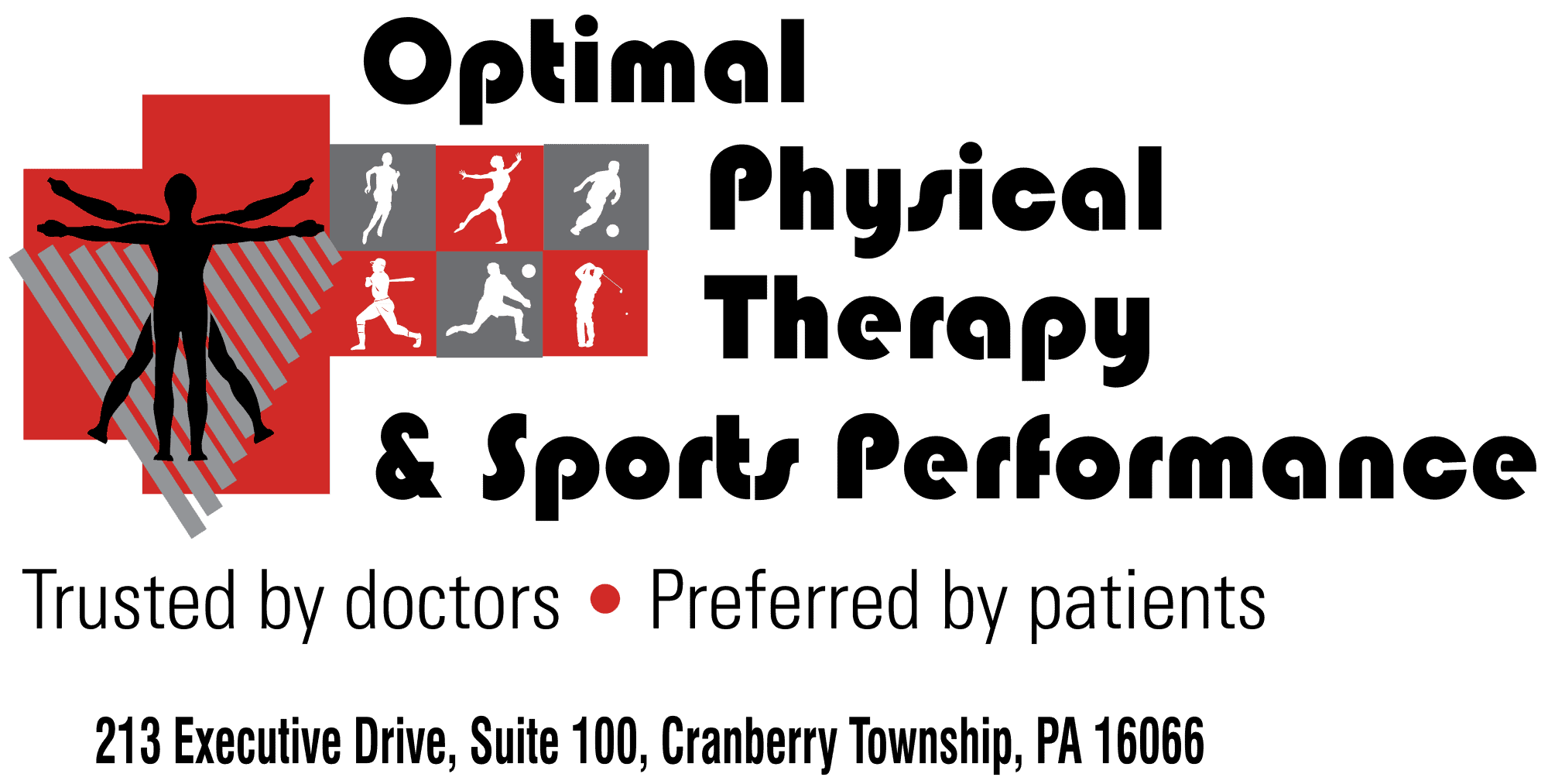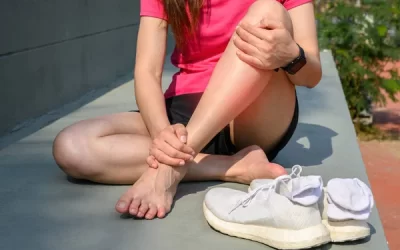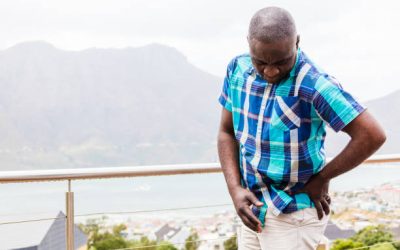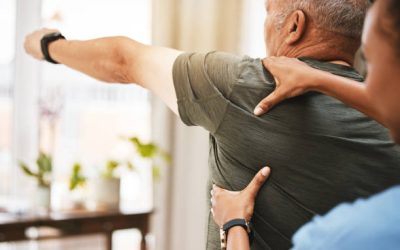Physical Therapy for Pediatrics and Adolescents: The Science and Art of treating developing body framework
Children and adolescents are not “little adults”. Their bodies are still in development as their musculoskeletal and neurological systems are in the process of maturing. The injury patterns that occur in this age group are different than adults in both physical and physiological ways. Most notable is the fact that children and adolescents have open growth plates and their ligaments (tissues that hold bone to bone) are stronger than the bony attachment sites where they serve as connectors. Growth can occur quickly at the growth plate resulting in a rapid change in skeletal length producing longer bones but soft tissues (muscles, tendons, ligaments) that do not grow as fast. With each new body configuration that results from rapid growth, the child/adolescent may experience postural change and a period of incoordination (because the full musculoskeletal system such as muscles and tendons are “catching up” to the new longer bones and the body’s neurological system is relearning to “make internal sense” of the new body for movement and sports participation). This age group also experiences a vulnerability to musculoskeletal injury at these times of development due to the physical activities that they may participate in which stresses the young body system. Physical Therapy treatment of these conditions require specialized consideration and intervention philosophies keeping the growing skeletal system in mind while returning the youth to physical activity and sport.
The growth plate portion of bones in this population is vulnerable to injury and growth plate fractures may be more common than a ligament sprain at these locations due to ligaments being stronger in these age groups. Avulsion fractures (occurring when a piece of bone separates at the point of where a tendon or ligament attaches to the bone) are very common in young persons. Tendonitis (inflammation of a tendon which connects muscle to bone) and apophysitis (areas where a musculotendinous tissue attaches itself to bone) is rare in a general pediatric/adolescent population but does occur frequently in the athletically active youth as well as youth who may participate in specialized performance arts (musicians, marching band, dancers). In apophysitis conditions, this area develops as a secondary ossification center and mimics the maturation of a growth plate. Chronic stress in these areas is common from repeated muscle contraction. The four common sites for this type of condition are:
Sever’s disease (calcaneus/heel bone and the insertion site of the Achille’s tendon) – most common in the 8-12 year old age group.
Osgood Schlatter’s disease (occurring below the knee cap where the patellar tendon attaches to the tibia) – common in boys in the 12-14 year old age group.
Sinding Larsen Johannson disease (occurring in the lower portion of the patella/knee cap) –common in boys ages 10-12.
Iliac crest problems (the pelvic bone where the Quadriceps or Sartorius muscle of the thigh attaches)
All of these conditions respond well to rest, properly guided healing with physical therapy that may include ice, stretching and strengthening and a skilled approach to return to activity or sport.
There is another more serious condition known as Juvenile Osteochondritis Dissecans (JOCD) which can occur in young athletes most often at the knee and with a tendency to affect boys more than girls. In this situation, repetitive stress seems to play a role in causing a focal area of the bone under an area of cartilage to undergo necrosis (die). The body reacts by trying to absorb this damaged area of bone but results in the reduction of the underlying support system of the cartilage in this area of a joint. The cartilage can therefore become damaged as well. Rest from activity and possible reduced weight bearing strategies may be needed. In severe cases, surgery is required. Physical therapy needs to be specifically modified to address this condition and to work closely with the orthopedic physician.
The therapists at Optimal Physical Therapy and Sports Performance have a combined 80 years of professional experience in treating the musculoskeletal system of young people including many years in the sports medicine area of expertise. Treatment will be safely designed with the developing body in mind and additional need for sports specific concerns will be addressed. We are able to provide the highest level of proper return to sport training post injury as well as recommendations to prevent such conditions from occurring or recurring.
This blog has focused on common orthopedic injuries that tend to occur in physically active children and adolescents. Future blogs will address the pitfalls of extreme sports specialization as a growing trend in youth sports and physical therapy intervention for conditions affecting youth who are not as physically active as their peers. Please call us if you would like more information regarding an issue your child is experiencing.



